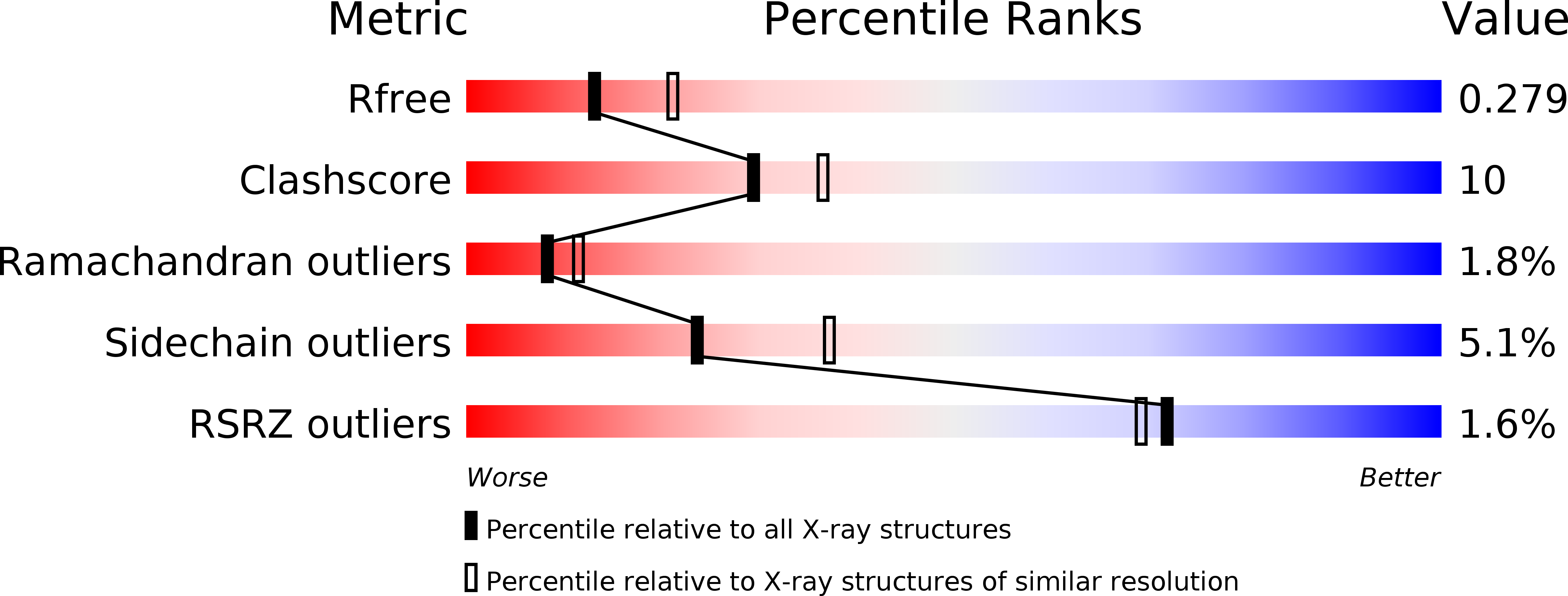
Deposition Date
2014-04-17
Release Date
2014-09-10
Last Version Date
2023-09-20
Entry Detail
PDB ID:
4Q5O
Keywords:
Title:
Crystal structure of EctD from S. alaskensis with 2-oxoglutarate and 5-hydroxyectoine
Biological Source:
Source Organism:
Sphingopyxis alaskensis RB2256 (Taxon ID: 317655)
Host Organism:
Method Details:
Experimental Method:
Resolution:
2.64 Å
R-Value Free:
0.27
R-Value Work:
0.20
R-Value Observed:
0.21
Space Group:
P 21 21 21


